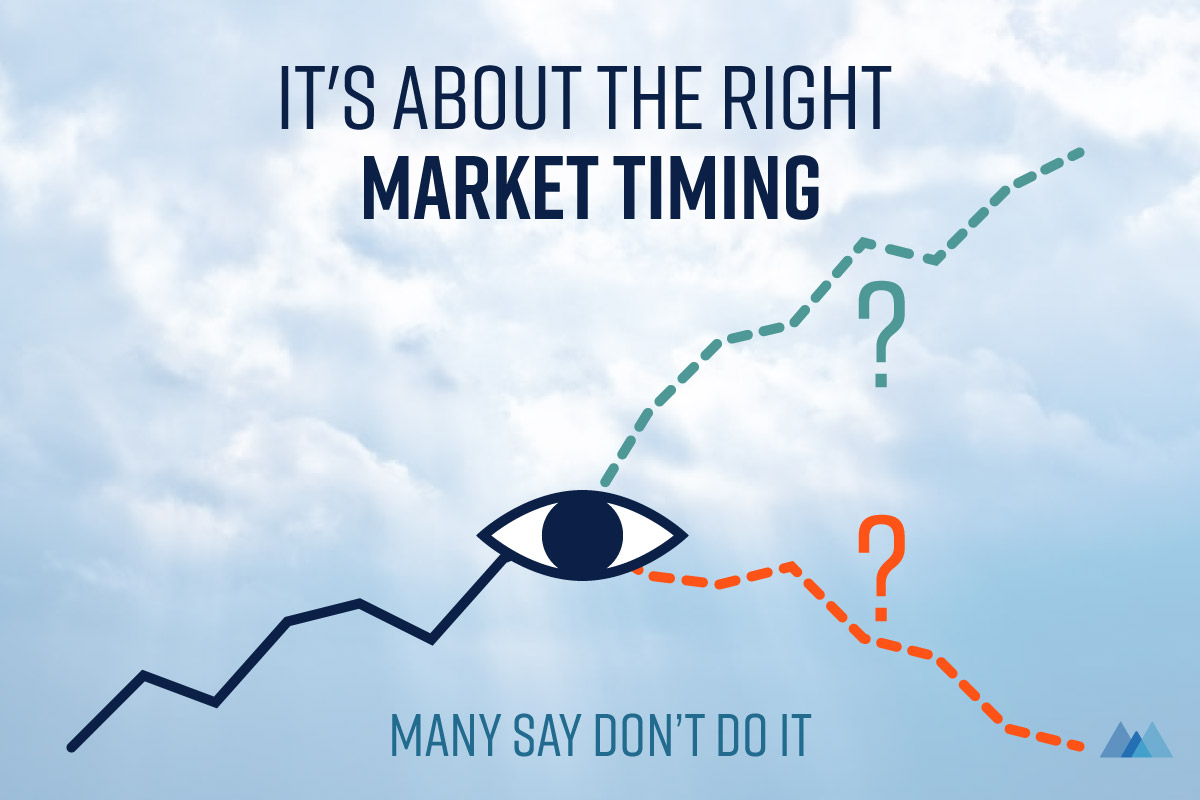Buy Low and Sell High
Market Timing is an attempt to predict the future direction of a market to increase return. The basic idea behind buying stocks is to “buy low” and “sell high” since this will give you a higher profit. Most investors therefore consider the timing of the market. They do not want to invest at the time when the market is overvalued (when the value of bonds and shares are pricier than usual) and they also do not want to sell when the market is undervalued (if sold, sold at a loss).
Unfortunately, psychology does not always help. Many investors are often too skeptical to buy in a low market because they are afraid of losing money, but then buy in a high market because they have just seen the big gains.
Mary and Susan invest $1,000 in a S&P 500 index fund.
Mary invests in March 2009 when the market is down after the 2008 crisis. Mary’s investment is worth about $2,000 in March 2016 (a total return of approximately 200% between March 2009 and March 2016).
Susan put her $1,000 into savings with 1.5% interest rate in March 2009, which becomes $1,093 in March 2015. Then, Susan puts her money in a S&P 500 index fund following Mary. Susan’s investment is worth $1,071 in March 2016 (a total return of approximately -2% between March 2015 and March 2016).
Just Buy Small Portions Regularly
However, timing the market is difficult as no one can precisely predict future events. Investors can only speculate what they think will happen in the future. If you are just waiting until the market crashes, you may lose time to grow your investment.
A lot of financial advisors recommend not timing the market and just purchasing regular, fixed-size investments while holding the investments for a long period of time - something called dollar-cost averaging.

Time's up

